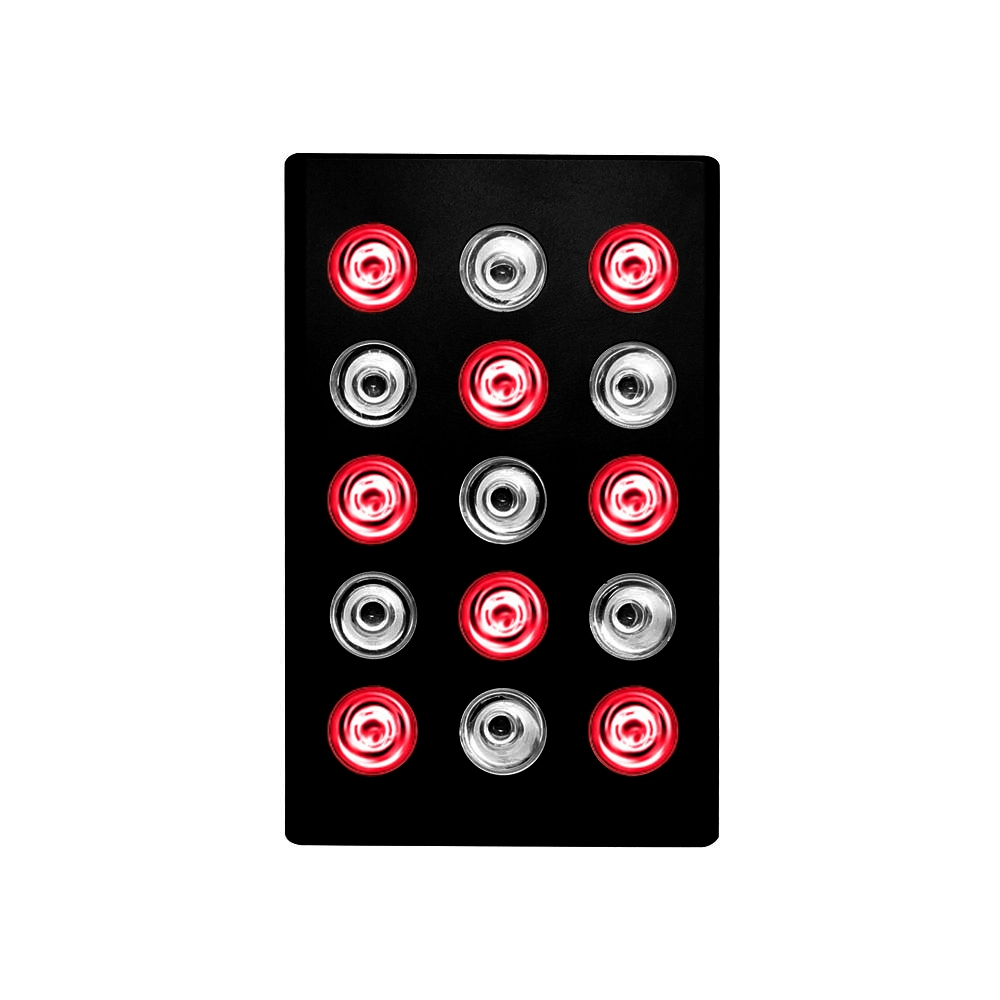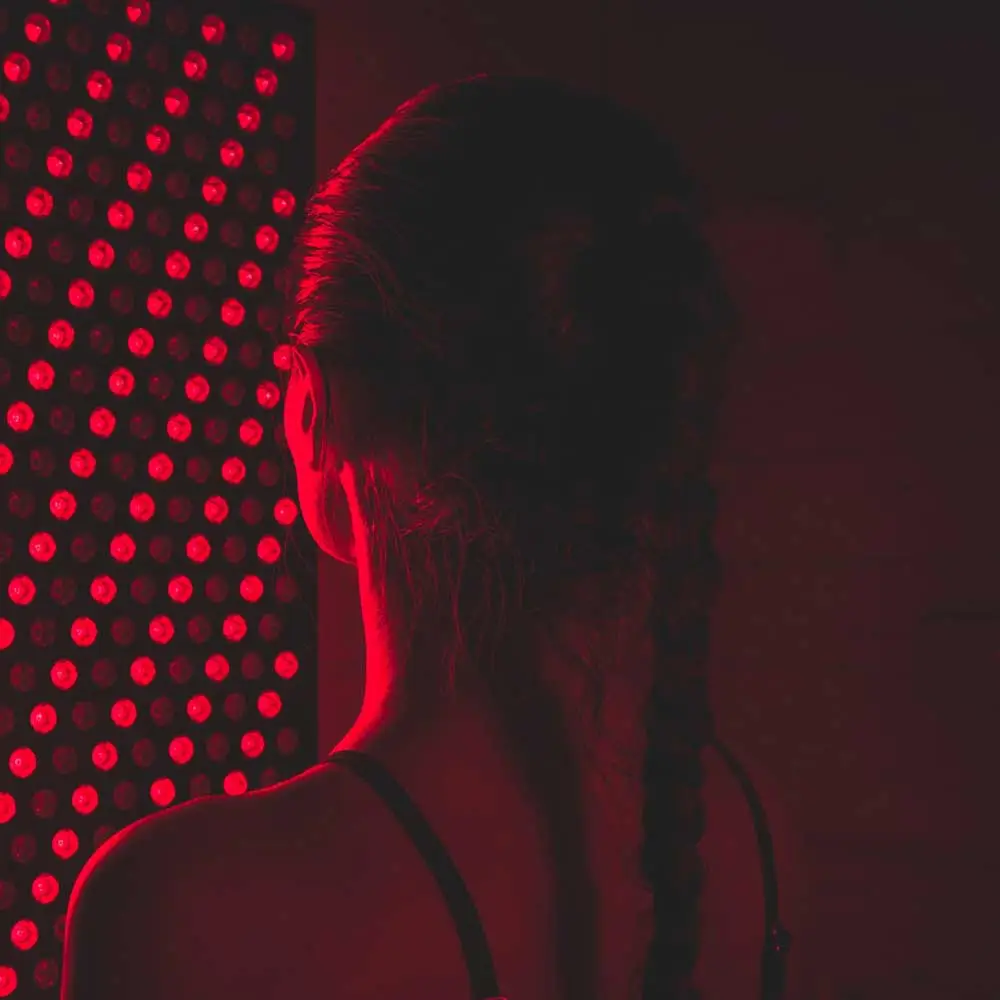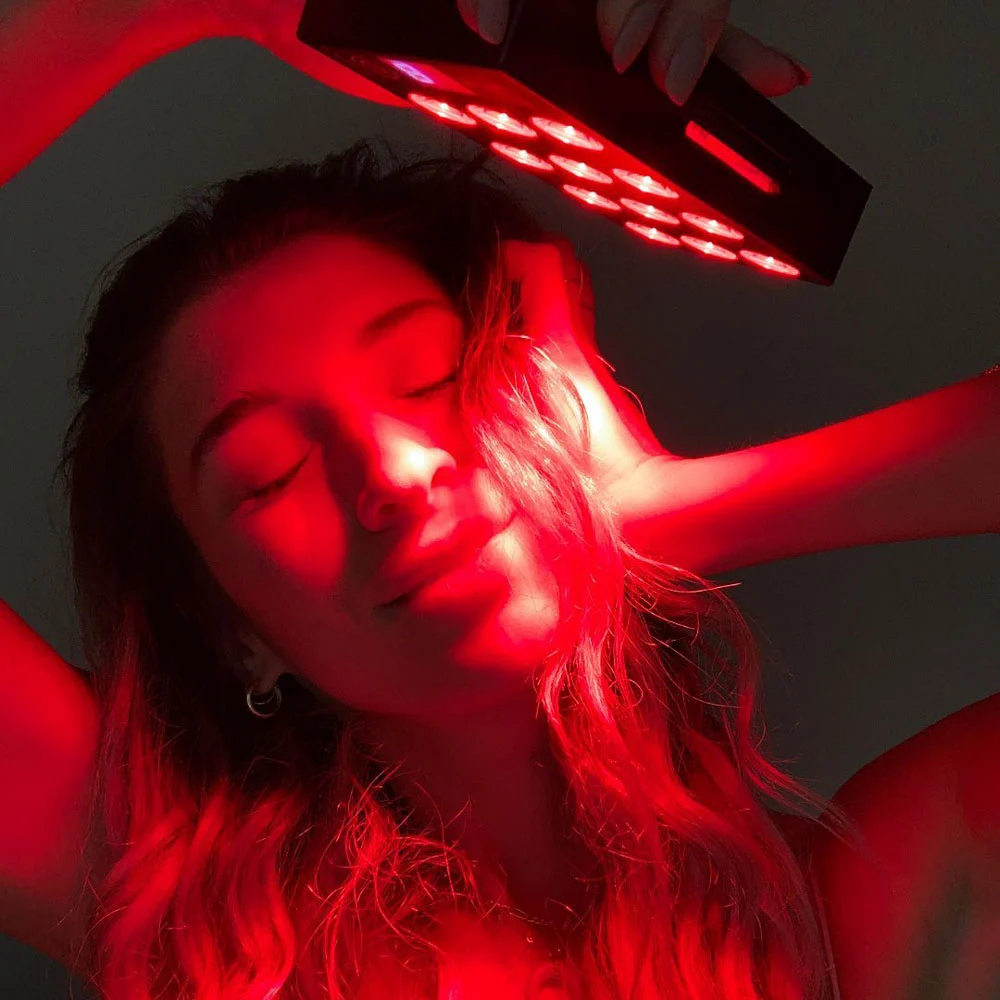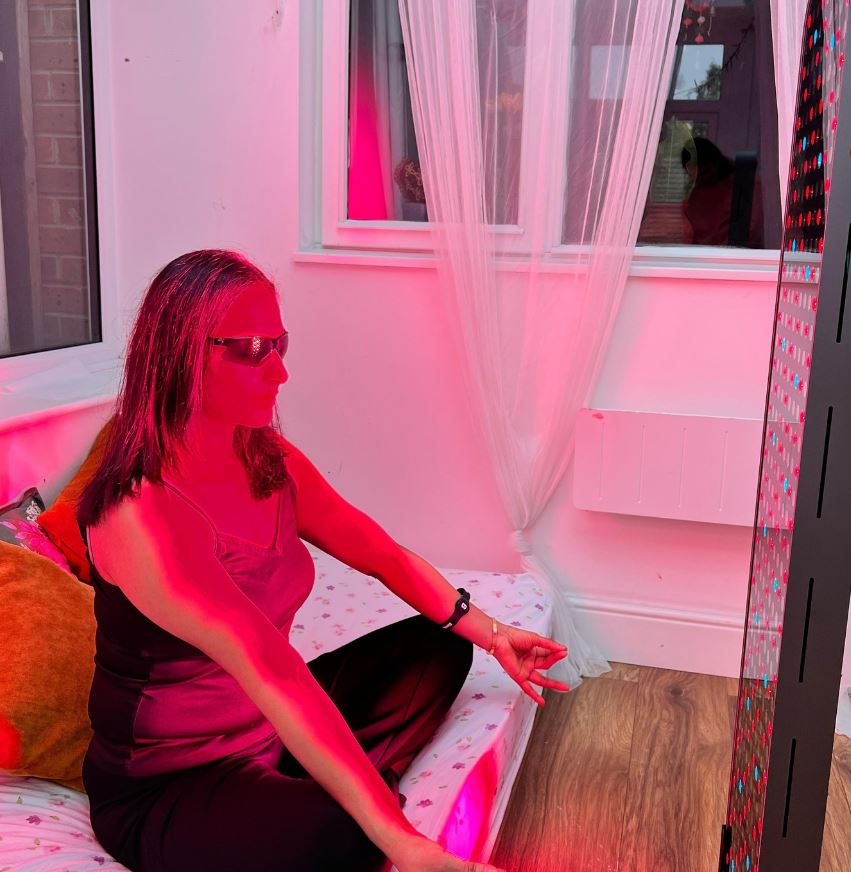![]() Free Shipping
Free Shipping ![]() Buy Now, Pay Later
Buy Now, Pay Later ![]() Eligible
Eligible
Red Light and Salt Therapy Treatment Benefits: A Comprehensive Guide
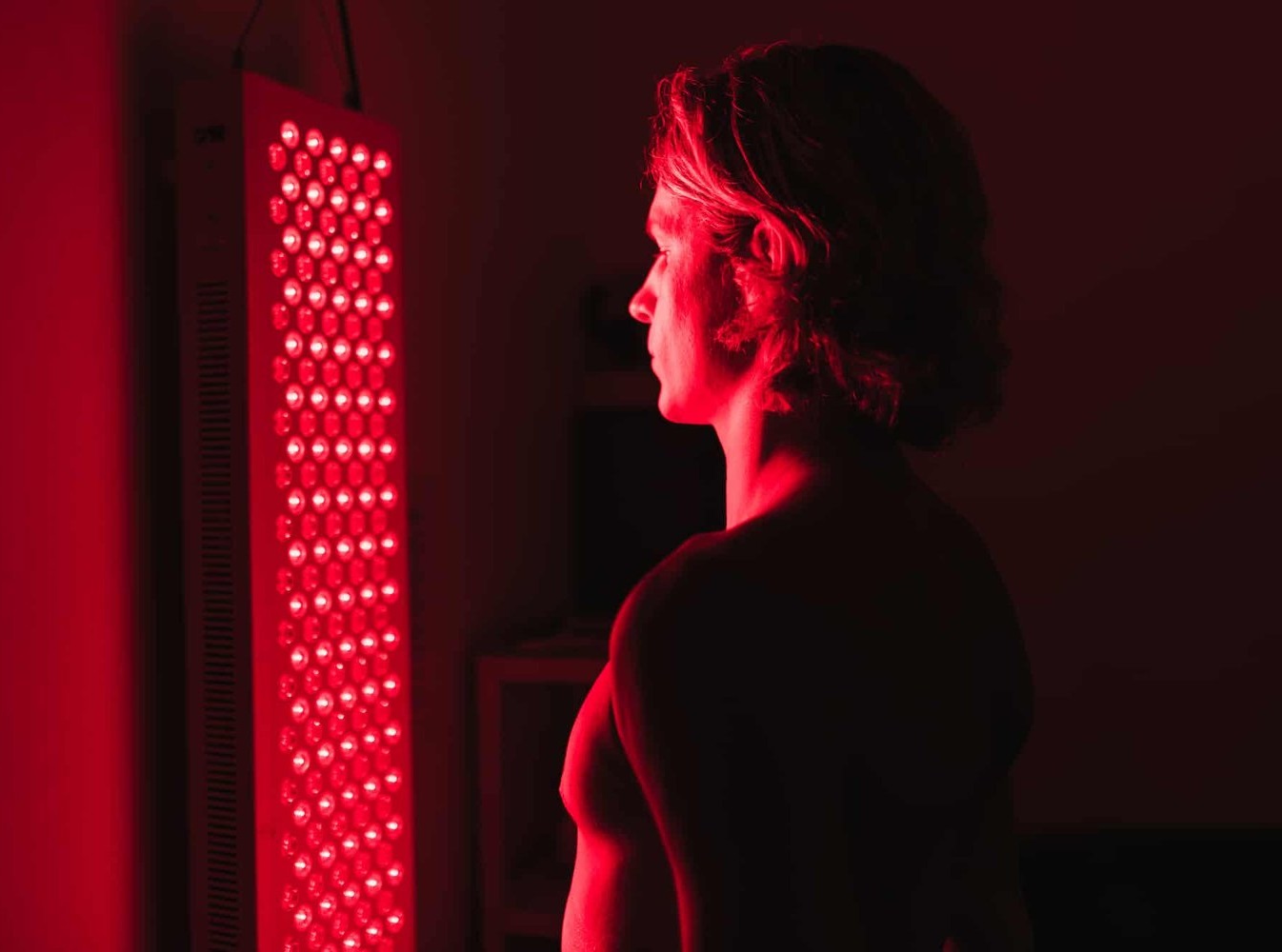
In today’s fast-paced world, people are increasingly turning to natural and holistic therapies to improve their health and well-being. Among these, Red Light Therapy (RLT) and Salt Therapy (Halotherapy) have gained significant attention for their numerous benefits. Both therapies are non-invasive, drug-free, and backed by scientific research, making them excellent alternatives or complements to traditional medicine.
In this in-depth article, we’ll explore:
- What Red Light Therapy and Salt Therapy are
- How they work on a cellular level
- Their key health benefits
- Scientific evidence supporting their efficacy
- How to incorporate them into your wellness routine
By the end, you’ll have a clear understanding of why these therapies are becoming essential tools for healing, recovery, and overall vitality.
VELLGUS mini
THE #1 BEST HANDHELD RED LIGHT THERAPY DEVICE
VELLGUS pro
THE #1 RATED FULL BODY RED LIGHT DEVICE
1. Understanding Red Light Therapy (Photobiomodulation)
What Is Red Light Therapy?
Red Light Therapy (RLT), also known as Low-Level Laser Therapy (LLLT) or Photobiomodulation (PBM), is a treatment that uses specific wavelengths of red and near-infrared (NIR) light to penetrate the skin and stimulate cellular repair.
Unlike UV rays, which can damage the skin, red and NIR light are safe and promote healing without harmful side effects.
How Does Red Light Therapy Work?
The science behind RLT is fascinating. When red and NIR light wavelengths (typically between 600nm to 900nm) are absorbed by the mitochondria (the powerhouse of cells), they enhance adenosine triphosphate (ATP) production, which boosts cellular energy.
This process leads to:
- Increased collagen production (for skin health)
- Reduced inflammation
- Enhanced tissue repair
- Improved blood circulation
Key Benefits of Red Light Therapy
1. Skin Health and Anti-Aging
RLT is widely used in dermatology for:
- Reducing wrinkles and fine lines (stimulates collagen)
- Healing acne and scars (reduces inflammation)
- Improving skin tone and texture
A 2014 study published in Photomedicine and Laser Surgery found that RLT significantly improved skin complexion and collagen density in participants after just 12 weeks.
2. Pain Relief and Muscle Recovery
Athletes and chronic pain sufferers use RLT for:
- Reducing joint pain (arthritis, back pain)
- Speeding up muscle recovery (increases blood flow)
- Decreasing inflammation post-injury
Research in The Journal of Athletic Training (2016) showed that RLT reduced muscle fatigue and soreness in athletes.
3. Hair Growth Stimulation
For those struggling with hair loss, RLT has been shown to:
- Activate dormant hair follicles
- Increase hair thickness
- Slow down balding (androgenetic alopecia)
A 2017 study in Lasers in Medical Science confirmed that RLT promotes hair regrowth in both men and women.
4. Improved Sleep and Mood
Exposure to red light helps regulate melatonin production, improving sleep quality. It also supports serotonin balance, reducing symptoms of depression and anxiety.
5. Wound Healing and Tissue Repair
Hospitals use RLT for:
- Healing burns and ulcers
- Reducing post-surgery recovery time
- Accelerating bone repair
A 2020 study in Nature highlighted RLT’s role in enhancing tissue regeneration.
2. Exploring Salt Therapy (Halotherapy)
What Is Salt Therapy?
Salt Therapy, or Halotherapy, is an ancient natural treatment that involves inhaling micronized salt particles in a controlled environment (salt rooms or caves). It originated in Eastern Europe, where miners noticed improved respiratory health from working in salt mines.
How Does Salt Therapy Work?
When you breathe in salt-infused air, the antibacterial and anti-inflammatory properties of salt:
- Break up mucus in the lungs
- Reduce inflammation in airways
- Kill harmful bacteria and viruses
Salt also has negative ions, which improve oxygen flow and boost mood.
Key Benefits of Salt Therapy
1. Respiratory Health (Asthma, Bronchitis, Allergies)
Salt therapy is most famous for:
- Clearing sinuses and reducing congestion
- Easing asthma symptoms
- Helping with chronic bronchitis and COPD
A 2006 study in Pneumologia found that salt therapy significantly improved lung function in patients with chronic respiratory diseases.
2. Skin Conditions (Eczema, Psoriasis, Acne)
Salt’s antimicrobial properties help with:
- Reducing eczema flare-ups
- Healing psoriasis plaques
- Clearing acne and reducing bacteria
A 2005 study in International Journal of Dermatology confirmed that Dead Sea salt baths improved skin hydration and reduced inflammation in eczema patients.
3. Stress Relief and Better Sleep
The calming environment of a salt room, combined with negative ions, helps:
- Lower cortisol (stress hormone) levels
- Improve relaxation and sleep quality
4. Immune System Boost
Salt’s antibacterial effects strengthen immunity by:
- Reducing recurrent infections
- Enhancing respiratory defense mechanisms
5. Improved Athletic Performance
Athletes use salt therapy to:
- Enhance lung capacity
- Speed up recovery from intense training
3. Combining Red Light and Salt Therapy for Maximum Benefits
While both therapies are powerful on their own, combining them can amplify results:
- For skin health: RLT boosts collagen, while salt therapy reduces acne-causing bacteria.
- For respiratory healing: Salt clears airways, and RLT reduces lung inflammation.
- For pain and recovery: RLT speeds up muscle repair, while salt therapy reduces oxidative stress.
Many modern wellness centers now offer dual-therapy sessions, where clients undergo red light treatment followed by salt room relaxation for a full-body rejuvenation experience.
4. How to Use These Therapies at Home
Red Light Therapy at Home
- Portable RLT devices (panels, masks, handheld devices)
- Recommended usage: 10-20 minutes daily, 3-5 times per week
- Best for: Face (anti-aging), joints (pain relief), scalp (hair growth)
Salt Therapy at Home
- Himalayan salt lamps (emit negative ions)
- Salt inhalers (for respiratory benefits)
- DIY salt baths (Epsom or Dead Sea salts for skin and relaxation)
5. Scientific Backing and Safety Considerations
Both therapies are FDA-approved for certain conditions and have minimal side effects. However:
- RLT: Avoid looking directly at the light; consult a doctor if you have light-sensitive conditions.
- Salt Therapy: Those with severe hypertension should monitor sodium intake.
Conclusion: Are Red Light and Salt Therapy Worth It?
Absolutely! Whether you’re looking to improve skin health, recover from injuries, boost respiratory function, or reduce stress, these therapies offer safe, natural, and effective solutions.
By integrating Red Light Therapy and Salt Therapy into your routine, you can experience enhanced healing, vitality, and long-term wellness—without relying solely on medications.


